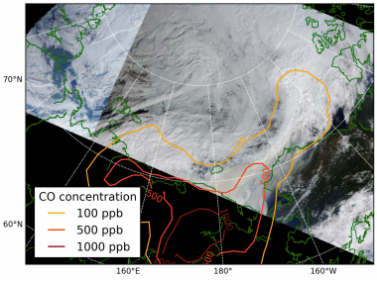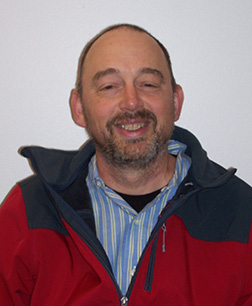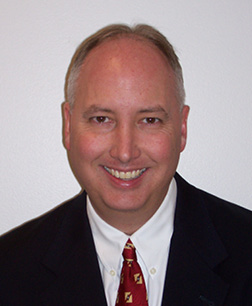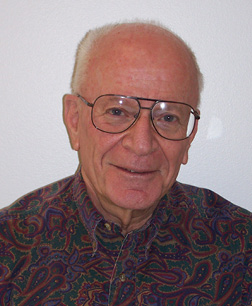Aerosol, Clouds, Precipitation and Climate
 Limited knowledge of the composition and radiative effects of clouds and aerosols
is a major contributor to climate prediction uncertainty. Research conducted by Professors
Jay Mace, Tim Garrett, Gannet Hallar, Kevin Perry, Ed Zipser, and Adam Varble aims
to advance our understanding of cloud, precipitation, and aerosol physics, and improve
the parameterization of cloud and aerosol radiative effects in weather and climate
models.
Limited knowledge of the composition and radiative effects of clouds and aerosols
is a major contributor to climate prediction uncertainty. Research conducted by Professors
Jay Mace, Tim Garrett, Gannet Hallar, Kevin Perry, Ed Zipser, and Adam Varble aims
to advance our understanding of cloud, precipitation, and aerosol physics, and improve
the parameterization of cloud and aerosol radiative effects in weather and climate
models.
The Lead Researchers and Their Work
 |
Professor Jay Mace is an international leader in the use of ground and space-borne remote sensing data combined with aircraft observations to improve understanding of the role of clouds within the climate system. His research is conducted in diverse locations ranging from the tropics to the poles. He has recently participated in two voyages aboard the Australian Research Vessel Investigator into the far reaches of the remote Southern Ocean to characterize the properties of clouds and precipitation. Jay is also involved in characterizing the next generation of NASA environmental research satellites that are expected to begin generating observations of the earth system by the middle of the next decade. |
|
 |
Associate Professor Gannet Hallar's Hallar Aerosol Research Team (HART) uses high quality measurements of aerosol physical and chemical properties, trace gases, and cloud microphysics to understand connections between the atmosphere, biosphere, and climate, along with the impact of anthropogenic emissions on these connections. HART works closely with the interdisciplinary faculty research group focusing on Society, Water, and Climate at the University of Utah. | |
 |
Professor Tim Garrett’s group looks at a broad spectrum of interactions between aerosols, clouds and precipitation to improve our understanding and prediction of regional and global climate. He designs new instrumentation for the automated imaging of precipitation particles and he is a leader in the study of the response of Arctic clouds to long-range pollution transport. Professor Garrett also develops theoretical frameworks for simplifying the evolution of complex systems, ranging from tropical cloud fields to the economics of global civilization and its carbon dioxide emissions. |  |
 |
Professor Kevin Perry concentrates on identifying the sources, sinks, transport, optical effects, and climatic effects of aerosols in the atmosphere. His work has a strong interdisciplinary component, spans many scales, and involves scientists at several institutions. For example, on the global scale, he has shed new light on the intercontinental transport of Asian dust, while at the local scale, he identified the composition of aerosols from the World Trade Center collapse site following the September 11, 2001 terrorist attack. |
|
 |
Professor Ed Zipser (RETIRED) and Research Assistant Professor Adam Varble lead The Deep Convection and Tropical Cyclones Research Group with research focused on better measuring, understanding, and predicting the life cycle of deep convective cloud and precipitation systems around the world using aircraft in situ measurements, ground-based and space borne remote sensing observations, and multi-scale model simulations. Recent research has focused on extreme rain rates, hazardous aircraft icing conditions, mixed phase interactions within convective updrafts, lightning production, environmental and microphysical controls on deep convective properties, and evaluation/improvement of microphysics parameterizations. Their group actively participates in large multi-agency field campaigns measuring storm properties around the world. |  |
